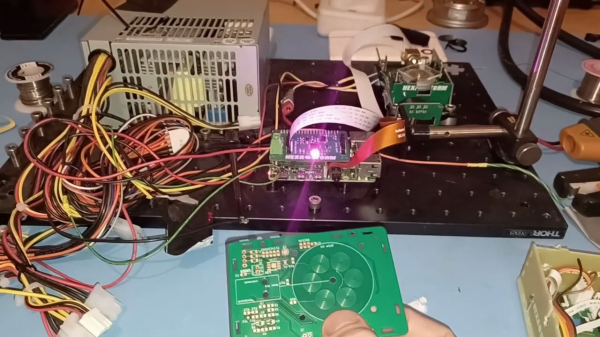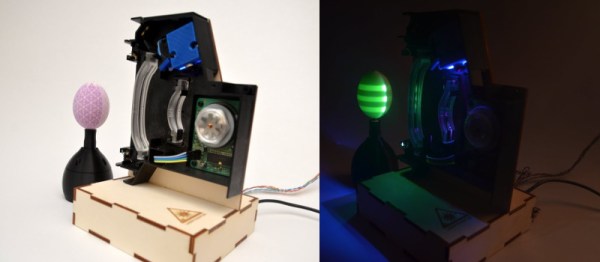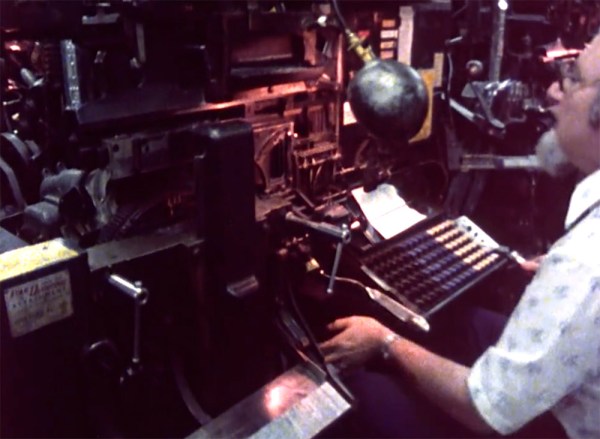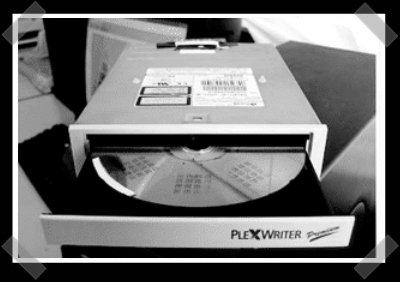[Rik]’s Hexastorm laser scanner project originally used a discrete polygon mirror controller+motor module from Sharp to spin a prism. But the scanner head was a bit difficult to assemble and had a lot of messy wires. This has all been replaced by a single board featuring a PCB-printed motor, based on the work of [Carl Bugeja]. The results are promising so far — see video below the break.
Since the prism is not attached to anything, currently it will fall off if mounted in the intended vertical orientation. One of [Rik]’s next steps is to improve the mount’s design to constrain the spinning prism. The previous Sharp motor was specified to 21000 RPM, but was only driven to 2400 RPM in [Rik]’s first version. This new PCB motor spins at 2000 RPM in these tests, comparable to his previous experiments ( we’re not sure about the maximum RPM ).
See our original writeup from 2019 to review the goals of this project, and be sure to checkout details and documentation on the Hexastorm project page. To learn more about PCB motors, read our article about [Carl]’s first design and visit his Hackaday.io page. Thanks to [Jonathan Beri] for the tip.















